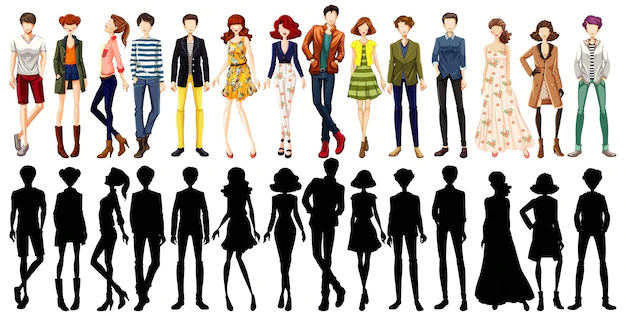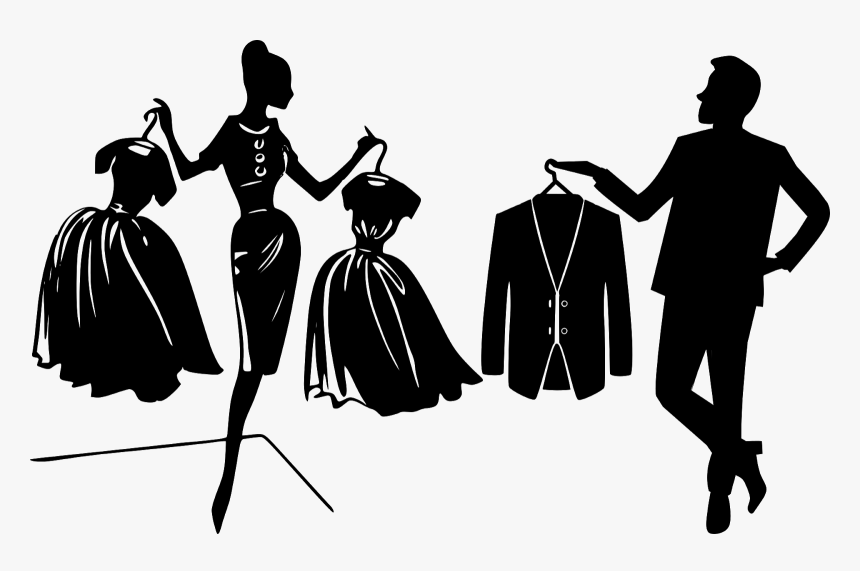Unlocking Hairstyle Versatility: A Comprehensive Guide to Hair Clips and Barrettes
Hair clips and barrettes transcend mere functionality; they serve as dynamic styling tools capable of instantaneously transforming one's appearance. This exploration delves into fifteen distinct approaches to integrating these accessories into diverse hairstyles, suitable for both everyday wear and special occasions. The discussed techniques leverage principles of visual balance, proportion, and aesthetic harmony to enhance personal style. We will analyze the application of these principles within the framework of several established design theories, such as Gestalt principles of design and the principles of visual communication.
15 Strategic Applications of Hair Clips and Barrettes: A Style Guide
Structured Elegance: The Half-Up Twist
This approach, embodying the principles of asymmetry and visual interest, involves gathering the upper hair section, twisting it gently, and securing it with a decorative barrette. The resulting asymmetry adds a sophisticated touch, suitable for various contexts ranging from casual outings to semi-formal events. Barrette selection should complement the overall ensemble and personal aesthetic, reflecting the principles of Gestalt design through congruity and proximity.
Evening Glamour: The Side-Swept Style
Achieving evening glamour involves sweeping hair to one side, accentuating facial features, and securing it with a shimmering barrette. This technique leverages the principle of visual emphasis, drawing attention to desirable features. Employing a jeweled or embellished barrette further enhances the dramatic effect, aligning with the principles of visual communication through the use of sparkle and shine as communicative elements. This style is particularly effective for formal occasions or evening events.
Practical Chic: Pinned-Back Bangs
Addressing the practical concern of stray bangs, this style utilizes a small, stylish clip to maintain a polished appearance. Clip selection should harmonize with hair color and overall style, showcasing the principle of unity in design. This approach prioritizes practicality without sacrificing aesthetic appeal.
Intricate Updos: The Twisted Updo
This advanced technique demonstrates the artistry of hairdressing. By twisting hair sections and securing them with decorative clips, one creates a visually complex and intricate updo. This style, ideal for formal events or weddings, showcases creativity and design mastery. The arrangement of twists and clips should follow established design principles, such as rhythm and repetition, to achieve a cohesive and visually pleasing outcome. The creation of this style relies on advanced understanding and practical application of hair braiding and manipulation techniques.
Statement Accessorizing: The Bold Barrette
A bold barrette functions as a statement piece, allowing for personalized expression through the selection of color, shape, and design. This approach utilizes the principle of contrast to add visual interest and personality to any hairstyle. A statement barrette can effectively transform a simple style, adding an element of drama or playfulness. This directly relates to the semiotic theory, where the barrette acts as a signifier of personal identity and style.
Feminine Refinement: The Side Braided Ponytail
Adding a delicate braid to a classic ponytail introduces a touch of feminine grace. This style integrates a small side braid secured with a clip, before gathering the remaining hair into a low ponytail. The subtle braid adds sophistication, adhering to the design principle of subtle detailing to achieve a refined visual aesthetic.
Retro Charm: Vintage Victory Rolls
Inspired by a bygone era, this hairstyle evokes vintage glamour. Victory rolls, created by twisting hair sections and securing them with barrettes, pay homage to classic styling. This retro aesthetic is amplified when paired with appropriate attire, showcasing the harmonious interplay of hairstyle and overall ensemble, reflecting the principles of cohesive design.
Timeless Sophistication: The Elegant Chignon
The classic chignon represents timeless elegance. This low bun, secured with a sophisticated barrette, epitomizes refined style. Its suitability for both professional and formal settings underscores its versatility and adaptability across contexts. The simplicity of the chignon allows the barrette to act as the focal point, highlighting its elegance and design details.
Bohemian Flair: The Boho Chic Side Braid
Embracing a free-spirited aesthetic, this style features a relaxed side braid adorned with small hair clips. The incorporation of multiple clips throughout the braid creates a sense of effortless bohemian charm. This look is ideal for casual settings and events that embrace individuality and personal expression.
Elevated Ponytail: The Twisted Half-Up Ponytail
This approach enhances the classic ponytail by incorporating twists and small barrettes before tying the hair. The twists add texture and visual interest, elevating a simple hairstyle. The arrangement of twists and barrettes impacts the overall visual effect, demonstrating the application of design principles to a practical hairstyle.
Versatile Transformation: The Faux Bob
This style offers a temporary hair transformation. By clipping the ends of long hair under and securing them with barrettes, the illusion of a bob is created. This technique highlights the transformative power of hair accessories, allowing for temporary stylistic experimentation without permanent alterations.
Classic Mastery: The French Twist
The French twist, a sophisticated updo, is secured with barrettes along the sides. This technique requires skill and practice to achieve a polished, refined look, emphasizing the importance of technical proficiency in achieving a desired style. The placement of the barrettes is crucial in achieving a balanced and elegant look, further demonstrating the application of design principles.
Balanced Symmetry: Double Barrette Accent
Utilizing two matching barrettes to clip back sections of hair on each side creates a symmetrical and balanced look. This style emphasizes the principle of visual symmetry, adding a sense of harmony and order to the overall hairstyle. The selection of matching barrettes further enhances the visual impact of symmetry.
Romantic Intrigue: The Braided Crown
This intricate braided crown, secured with clips at the back, creates a romantic and ethereal look. This style showcases advanced braiding techniques and requires skill to execute flawlessly. The result is a visually striking and memorable hairstyle, appropriate for special occasions such as weddings or celebrations.
Subtle Sophistication: Minimalist Hair Clip Accents
This minimalist approach employs small, sleek hair clips to add subtle accents. This style emphasizes understated elegance, showcasing the power of subtle details to enhance overall aesthetic appeal. Clip selection should blend seamlessly with hair color, demonstrating the principle of harmony in design.
When selecting accessories, prioritize high-quality materials that ensure secure hold without causing damage. Experimentation with colors, styles, and materials is encouraged to find options that complement personal style and occasion. The versatility of hair clips and barrettes allows for creative exploration, transforming everyday looks and enhancing special occasions. Careful consideration of design principles and a thoughtful approach to accessorizing elevate the artistry of hairstyling.
Conclusions and Recommendations
This exploration has demonstrated the significant potential of hair clips and barrettes in transforming hairstyles, enhancing both everyday and special occasion looks. By applying established design principles, a cohesive and visually appealing style can be achieved. Further research could explore the cultural and historical influences on hair accessorizing, analyzing the evolution of these techniques and their significance across different societies and time periods. The insights gained could inform the development of new and innovative styling techniques, broadening the creative possibilities within the field of hairdressing. The application of these findings extends beyond mere aesthetics; understanding design principles improves the ability to communicate style and personality effectively. Furthermore, analyzing the impact of different materials and designs on hair health could inform the development of safer and more sustainable hair accessories.
Reader Pool:
What additional design principles or theoretical frameworks could be applied to further refine and enhance the techniques discussed in this guide for achieving diverse and impactful hairstyles using hair clips and barrettes?





No comments yet. Be the first to share your thoughts!